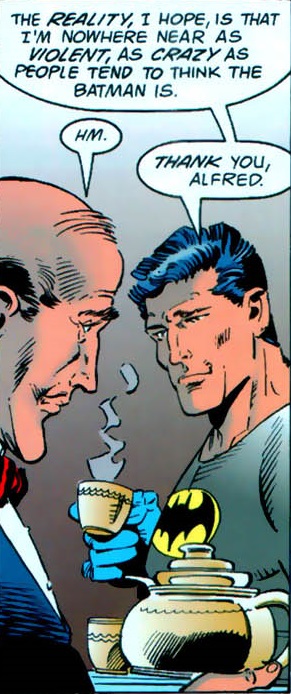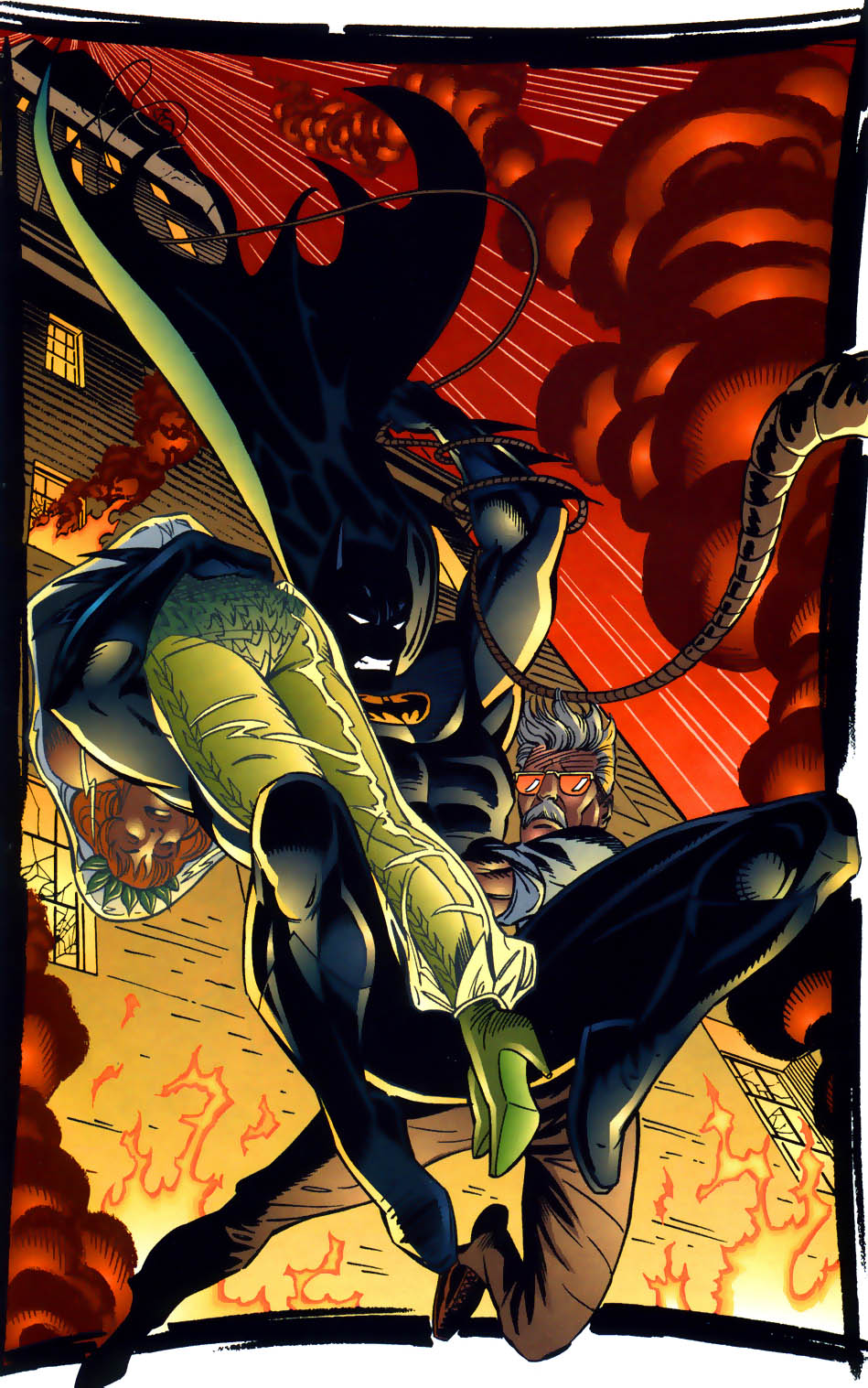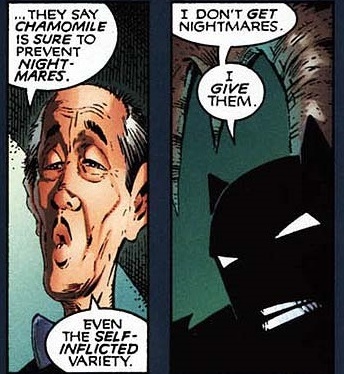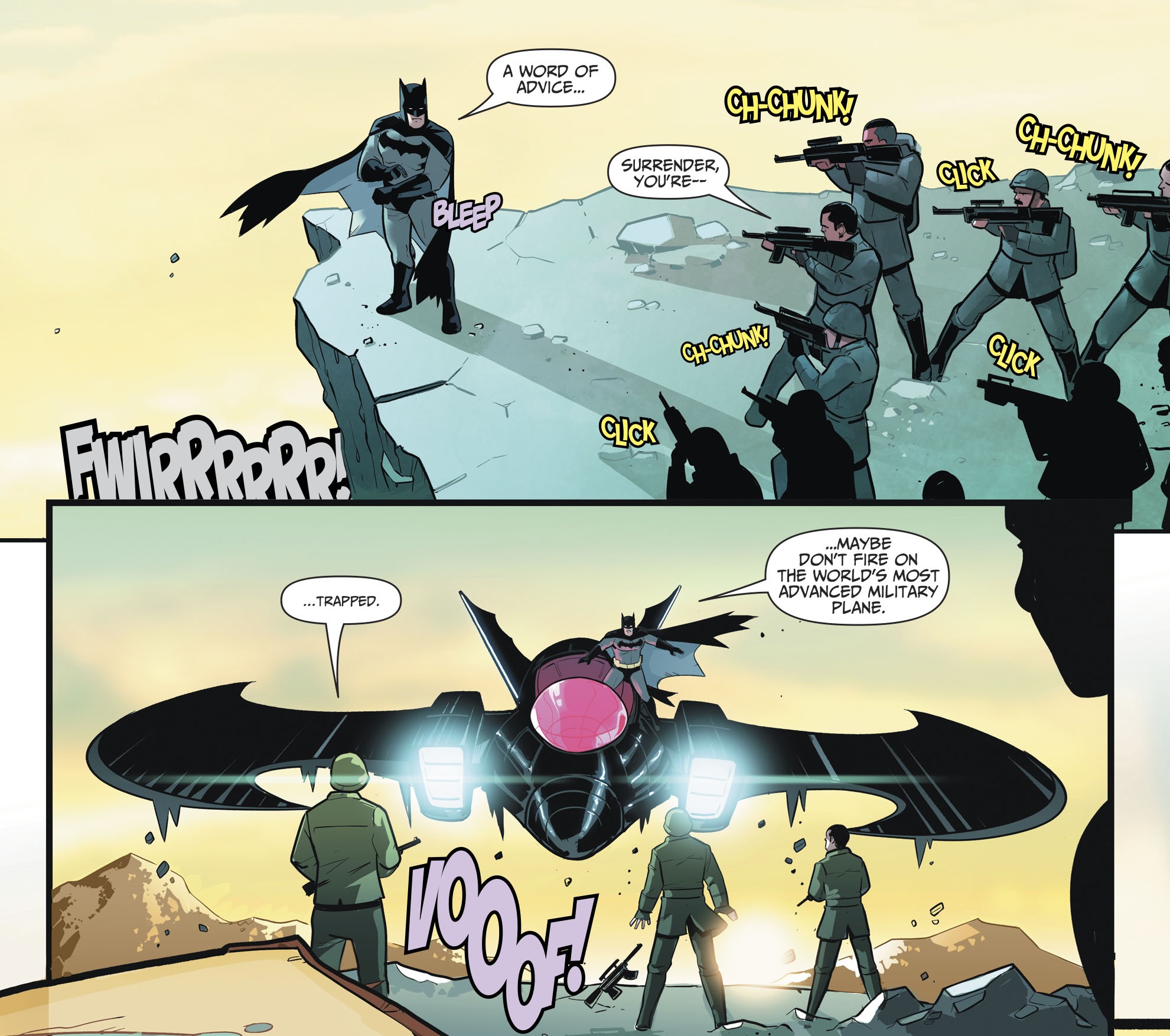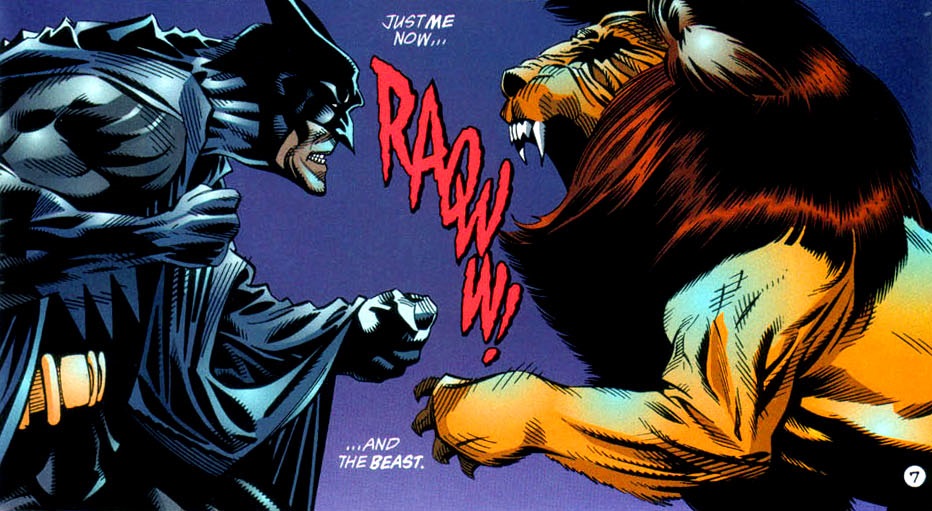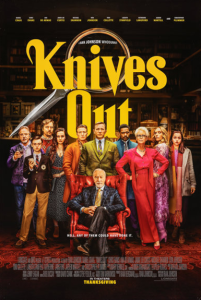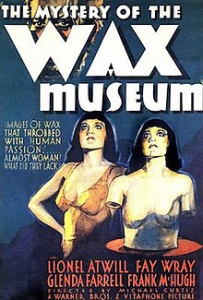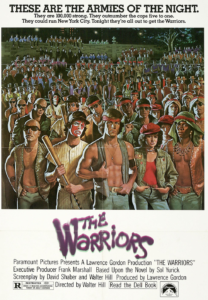-
Recent Posts
Categories
- ART OF BATMAN COMICS (35)
- ART OF HORROR COMICS (29)
- AWESOME COVERS (53)
- BATMAN COMICS FOR BEGINNERS (34)
- BOOKS OF THE YEAR (17)
- COLD WAR CINEMA (12)
- COVERS OF BATMAN COMICS (51)
- FANTASTIC ADVENTURES (49)
- GLIMPSES INTO AWESOMENESS (77)
- GLIMPSES INTO THE FUTURE (16)
- GLIMPSES INTO THE PAST (70)
- GOTHAM CITIZENS (36)
- GOTHAM INTERLUDES (82)
- HARDBOILED CRIME (36)
- HEADSHOTS (10)
- MANIFESTO (3)
- POLITICS OF BATMAN COMICS (21)
- SPYCRAFT & WARFARE (42)
- SUPER POWERS (15)
- WEBS OF FICTION (52)
- WILD WEST (7)
- WRITERS OF BATMAN COMICS (20)
- WRITERS OF SUPERMAN COMICS (4)
Drop me a line at
imbaytor@yahoo.com
A month of Batman moments – Day 9
Posted in GOTHAM INTERLUDES
Tagged Batman's personality, Bob Smith, Joe Staton, John Ostrander, Lovern Kindzierski, Tim Harkins
Leave a comment
A month of Batman moments – Day 7
Posted in GOTHAM INTERLUDES
Tagged Batman's personality, Frank Miller, Steve Oliff, Todd McFarlane, Tom Orzechowski
Leave a comment
A month of Batman moments – Day 5
Posted in GOTHAM INTERLUDES
Tagged Dan Curtis Johnson, Dave Stewart, Phil Balsman, Seth Fisher
Leave a comment
A month of Batman moments – Day 3
Posted in GOTHAM INTERLUDES
Tagged Doug Moench, Greg Wright, John Beatty, Kelley Jones, Todd Klein
Leave a comment
A month of Batman moments – Day 2
Posted in GOTHAM INTERLUDES
Tagged Alex Sinclair, Clem Robins, Dave Taylor, Karl Kesel, Robert Campanella
Leave a comment
A month of Batman moments – Day 1
This month I’m trying out something different… Every day, I will share a brief moment that highlights various sorts of Batman coolness, from the Dark Knight’s badass fighting skills to his silly puns, from his determined courage to his constant resourcefulness (including his bat-themed gadgets), all the while treading the line between serious pathos and goofy surrealism.
Let’s get the ball rolling with a neat panel that succinctly combines the Caped Crusader’s fabulous athletic moves with his foundational resentment against the kind of tool that killed his parents:
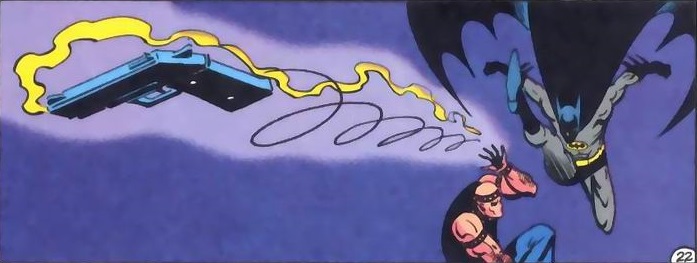 Shadow of the Bat #13
Shadow of the Bat #13
Posted in GOTHAM INTERLUDES
Tagged Adrienne Roy, Alan Grant, Batman's personality, guns, Norm Breyfogle
Leave a comment
Batman movies without Batman – part 2
If you’ve read last week’s post, you know I’ve been listing films that somehow feel like Batman movies, even though the Caped Crusader is nowhere to be found…
Many classic Batman comics used to be about fun mysteries – and ‘fun’ is certainly the first word that comes to mind when considering Rian Johnson’s intricate whodunit Knives Out, with its idiosyncratic list of suspects following the death of a rich patriarch. Despite his ridiculous southern drawl, at times it seems like Daniel Craig’s private eye Benoit Blanc could almost match wits with the World’s Greatest Detective!
It’s about class, too.
Wonderfully shot in beautiful two-strip Technicolor (which makes each image look as if it was colored by Adrienne Roy during her pink/blue phase), with cubist touches in the set design, Michael Curtiz’s Mystery of the Wax Museum is exactly the kind of gothic chiller in which Basil ‘Clayface’ Karlo would’ve starred back in his acting days. Not only that: it’s a mystery involving bodysnatching, a disfigured villain, a millionaire playboy, and a very Lois Lane-ish reporter (albeit more of a drinker) who keeps wittily locking horns with the film’s avant-la-lettre version of Perry White.
The foul play may not be as inventive as the one in Batman #250’s ‘The Deadly Number’s Game!’ (which also revolves around a wax museum), but the result is much, much creepier.
Going back to class struggle… There is a long tradition of horror movies that deliver biting commentary on capitalist society (notable works include David Cronenberg’s Videodrome, George A. Romero’s Dawn of the Dead, and Michael Wadleigh’s Wolfen), but few are as darkly hilarious as Matt Bettinelli-Olpin’s and Tyler Gillett’s Ready or Not. An outrageously silly premise – which involves an increasingly bloody game of hide and seek at a Wayne Stately Manor-like mansion – is given the kind of unapologetically brisk treatment you’d expect from an old-school Batman tale by the likes of Bob Haney or Alan Grant.
Absurd macho bullshit in all its schlocky glory. This is a buddy cop action movie set in L.A.’s Little Tokyo, starring Dolph Lundgren and Brandon Lee, with the joke being that Lundgren, who looks like a Swedish giant, knows more about Japanese culture than the son of Bruce Lee (which isn’t much of a joke, since Lee has a Chinese background, but this isn’t a movie you watch for cultural sensitivity anyway… and, hey, at least it doesn’t take itself as seriously as the similar Rising Sun, whose orientalism I find much more jarring). Nudity aside, Showdown in Little Tokyo has pretty much the same type of vibe as those Chuck Dixon comics about martial arts and the Asian-American underworld, including plenty of amusing quips and acrobatic violence.
While Lundgren may pick up a gun more often than Batman would’ve, nobody can deny he looks like a live-action cartoon on the screen, his muscles rivalling those of the Dark Knight even when the latter is drawn by Tim Sale or Jim Lee… Plus, his character always dresses in black and he totally saw his parents murdered in front of him as a child, so this practically comes off like an Elseworlds tale!
The Caped Crusader has had his fair share of awesome adventures in outer space, including a few memorable episodes of The Brave and the Bold TV show, such as ‘The Eyes of Despero!’ and ‘The Super-Batman of Planet X!’ (the latter one adapting the psychedelic classic from Batman #113), so I had to include at least one entry related to this subgenre… Joseph M. Newman’s This Island Earth follows a two-fisted scientist who finds himself in a pulpy crescendo that culminates in interplanetary war and shares much of the tone of the Silver Age comics coming out at the time, in the mid-1950s. Even the colorful, now-cheesy special effects bring to mind the endearingly simplistic artwork of Sheldon Moldoff.
Let’s finish with a masterpiece. This adrenaline-charged tale of a street gang trying to make it from the Bronx to Connie Island while every other gang in town (including the biggest one: the police) is out to get them truly feels like a vision of a Batman-less Gotham City. As if it wasn’t enough having gangs dressed like mimes and baseball players, the Ultimate Director’s Cut added a cheesy effect that renders some transitions in the form of comic book panels, strengthening the overall pulpy flavor. It’s also interesting to think of the Warriors as a Gotham gang, as it gives you a refreshingly judgement-free look at the kind of characters whose function is often as a mere punching bag for the Dynamic Duo (the best scene, arguably, is the quiet moment in the subway train when the grimy, downtrodden heroes sit face-to-face with two couples of giggling, better-off kids and the film’s empathy doesn’t necessarily flow in the same direction as Batman’s usually does).
That said, there are plenty of other reasons to watch Walter Hill’s 1979 cult classic. From its punk attitude to the provocative tension between different types of masculinity and femininity, The Warriors is a kickass action thriller, a great One Crazy Night movie, and a major addition to your quintessential New York filmography.
Posted in WEBS OF FICTION
Tagged Chuck Dixon, horror, movies, politics, science fiction, Sheldon Moldoff
Leave a comment

